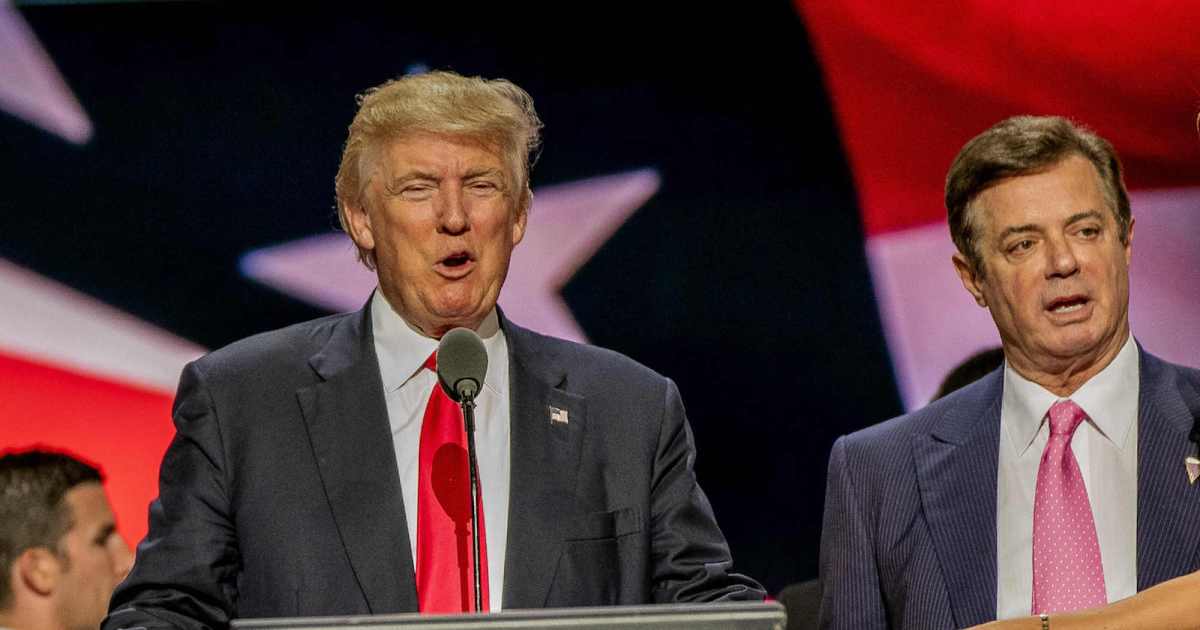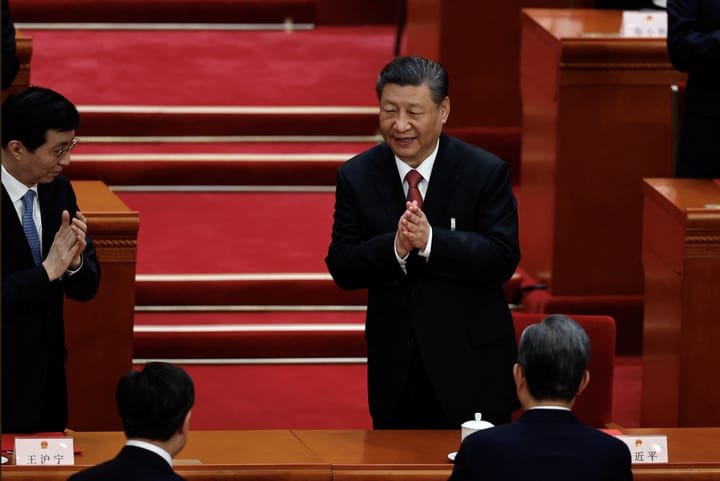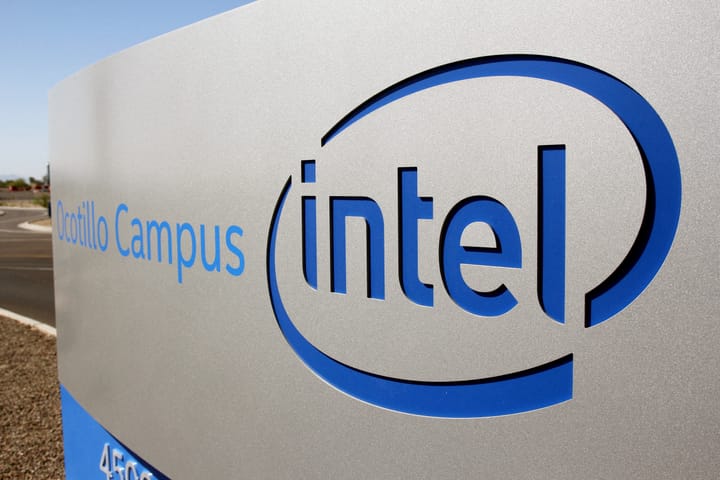Does the latest Senate Intelligence Committee report on Russian interference in the 2016 election prove collusion?

A few minutes every morning is all you need.
Stay up to date on the world's Headlines and Human Stories. It's fun, it's factual, it's fluff-free.
The Senate Intelligence Committee has released the fifth and final volume of its investigation into Russian interference in the United States’ 2016 election. Like the fourth volume, released in April 2020, the nearly 1,000-page report supports the conclusion of US intelligence agencies that Russian President Vladimir Putin ordered the interference.
The findings of the bipartisan committee, currently chaired by Republican Senator Marco Rubio, have largely contrasted with statements by President Donald Trump, who has publicly doubted and downplayed Russia’s involvement in election interference efforts. In fact, this volume lays out a “massive intervention campaign waged on behalf of then-candidate Donald Trump by Russians.”
Despite the bipartisan effort behind the report, though, the Republican and Democratic members of the committee have come to different conclusions about the meaning of its findings.
What is in the Senate Intelligence Committee report?
At 952 pages, the final volume of the Senate Intelligence Committee report, entitled “Russian Active Measures Campaigns and Interference in the 2016 US Election,” covers considerable ground. The focus of this volume was “Counterintelligence Threats and Vulnerabilities” and is broken into five sections (not including annexes) and dozens of subsections.
The “Findings” section that opens the report states, “The Committee found that the Russian government engaged in an aggressive, multifaceted effort to influence, or attempt to influence, the outcome of the 2016 presidential election.”
Specifically, the fifth volume outlines “a wide range of Russian efforts to influence the Trump Campaign and the 2016 election,” providing “the most comprehensive description to date of Russia’s activities and the threat they posed.”
While Rubio is the acting chairman of the committee, Senator Richard Burr, also a Republican, headed the committee during the investigation detailed in the report. Burr stepped down from his chairmanship due to his being investigated for possible insider trading.
The findings of the report
The “Findings” section highlights two main areas of focus in the report. The first are interactions between “Russian influence actors” and Paul Manafort, the former chairman of Trump’s 2016 campaign. Manafort is currently serving a seven and a half year sentence for tax and bank fraud, a result of Special Counsel Robert Mueller’s investigation into whether Trump or his campaign colluded with Russia.
In the “Paul Manafort” subsection on Page 27, the report states, “While serving on the Trump Campaign, Manafort … engaged with individuals inside Russia and Ukraine on matters pertaining to both his personal business prospects and the 2016 U.S. presidential election.” The report further details Manafort’s connections to Putin-aligned oligarchs within Russia and Ukraine.
The second area of focus was the FBI’s reliance on the so-called “Steele Dossier,” an anti-Trump opposition research portfolio partly funded by the Democratic National Committee. The dossier, compiled by British spy Christopher Steele, purportedly laid out evidence that Trump had long standing dealings with Russian actors that could make him susceptible to blackmail or influence.
In investigating Trump and his campaign, the FBI, the report said, “gave Steele’s allegations unjustified credence, based on an incomplete understanding of Steele’s past reporting record.”
Conservatives have long dismissed the Steele Dossier as fake and a blatant misinformation campaign by Trump’s enemies (even though it was a Republican who initially funded it). Some have even said that it was likely an intentional disinformation campaign on the part of Russia.
Disputes over collusion
Despite the bipartisan creation of the report, though, interpretations of its findings were immediately politicized. The biggest point of partisan divergence was over whether Trump and his campaign colluded with Russian agents in corrupting the 2016 election.
On Tuesday, after the report came out, Rubio posted a video on Twitter in which he claimed there was “no evidence whatsoever” that Trump or his campaign colluded with Russia. Rubio said he was disturbed by the FBI’s use of the Steele Dossier and that it was clear Russia – along with China and Iran – were looking to interfere in the 2020 election.
Final volume of Senate Intelligence bipartisan & thorough investigation into Russian 2016 efforts is now public/content/files/nuPuYifaa4.pdf
We found no evidence of “collusion”
But we did find troubling actions by the FBI, particularly their willingness to rely on “Steele Dossier” pic.twitter.com/S5hiKDgURBAugust 18, 2020
Rubio’s blanket dismissal of Trump/Russia collusion was apparently supported by the other Republicans on the committee. In an addendum to the report, six of the eight Republicans on the committee (excluding Burr and Senator Susan Collins) stated, “After more than three years of investigation by this Committee, we can now say with no doubt, there was no collusion.”
That view was not held by the Democrats on the committee. Senator Mark Warner, the Democratic Vice Chairman of the committee, called what the report had found “a breathtaking level of contacts between Trump officials and Russian government operatives that is a very real counterintelligence threat to our elections.”
In addition to Warner’s statement, five of the Democrats on the committee wrote in their own addendum: “The Committee’s bipartisan Report unambiguously shows that members of the Trump Campaign cooperated with Russian efforts to get Trump elected.” They continue:
“[The report] recounts efforts by Trump and his team to obtain dirt on their opponent from operatives acting on behalf of the Russian government. It reveals the extraordinary lengths by which Trump and his associates actively sought to enable the Russian interference operation by amplifying its electoral impact and rewarding its perpetrators – even after being warned of its Russian origins. And it presents, for the first time, concerning evidence that the head of the Trump Campaign [Paul Manafort] was directly connected to the Russian meddling through his communications with an individual found to be a Russian intelligence officer.”
“Complete and total exoneration” again?
In 2019, when Mueller spoke before the House Judiciary Committee, he explained why his team was never looking to prove there was collusion between Russia and Trump.
“We did not address ‘collusion,’ which is not a legal term. Rather, we focused on whether the evidence was sufficient to charge any member of the campaign with taking part in a criminal conspiracy. It was not.”
That is perhaps why the Democrats used the term “cooperated” and not “colluded” in their assessment.
At the time of the Mueller Report’s release, Trump repeatedly proclaimed that the report had exonerated him and that there was “no collusion.” Yet, Mueller insisted, the investigation had not exonerated Trump.
“The president was not exculpated for the acts that he allegedly committed.”
Nonetheless, Mueller did not bring any charges against Trump, allowing for a persistent partisan division on the question of whether Trump’s campaign worked with Russia to affect the results of the election.
Considering the political divide, it is unlikely that any amount of evidence will convince the opposing sides to change their views.
There is, at least, bipartisan agreement that Russia intends to interfere in the 2020 election.
Have a tip or story? Get in touch with our reporters at tips@themilsource.com




Comments ()